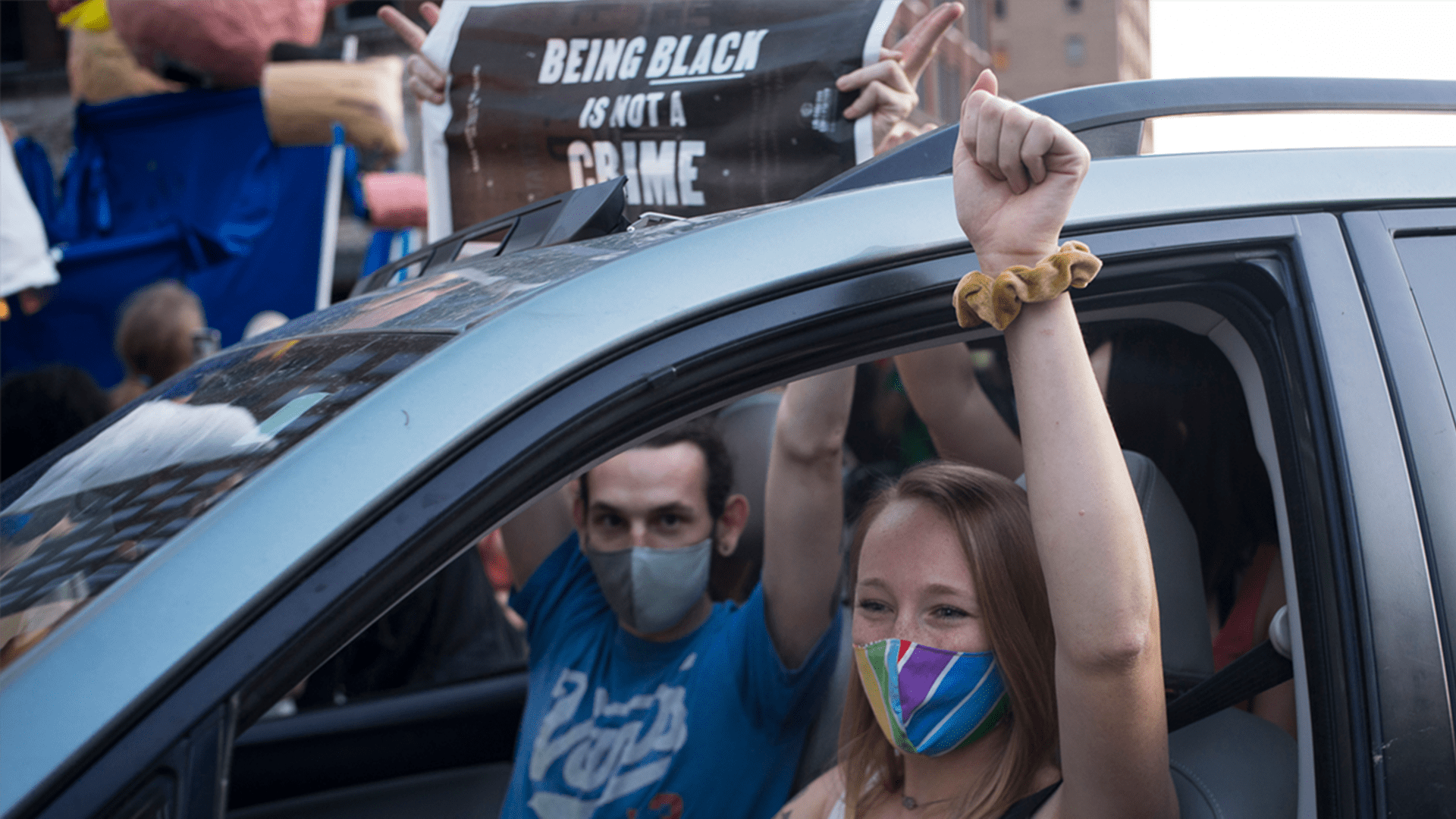Pacific Educational Group’s Glenn Singleton on going beyond lofty words and doing the work
Last month, a high-profile full-page print ad doubled as a protest sign in advance of Donald Trump’s rally in Tulsa, Okla., just after the Juneteenth holiday. The ad in The Oklahoma Eagle, one of America’s oldest Black-owned newspapers, read “Being Black Is Not a Crime.” This simple white lettering on a black background was a stark reminder of the systemic racism endured by Bipoc (Black, Indigenous, people of color) populations in the country.
The ad was underwritten by the Courageous Conversation Global Foundation, an advocacy group promoting racial justice and harmony founded in 2017 by Glenn Singleton, president and founder of racial equity consulting firm Pacific Educational Group.
For over three decades, Singleton has been a compassionate and empathetic educator related to race and racial disparity. While a majority of his work has been in the education sector, Singleton continues to work with agencies, brands and marketers to address diversity issues within the broader industry.
Adweek spoke with Singleton to follow up on an April conversation on our D&I TBD podcast about equality and equity conversation, and to learn what he thinks about current efforts within the industry to address race.
Before we dig into what’s been happening the past couple of months, we’d like to know how you got involved with the Tulsa protests.
Singleton: It’s not lost on me that [Tulsa] is a very difficult place to be Black. My first step in Tulsa years ago revealed that—you just get the feeling of the culture and the oppression. I needed to answer, in a contemporary way, what’s going on in this country.
The epicenter seemed to be Tulsa because the administration made its move to dishonor Juneteenth, which is another part of the structure of [racial] blindness of the country. And so [we made] the decision to purchase a billboard and make an artifact [in the paper] that people could use for demonstration in Tulsa if they chose to. That was an easy discussion between the creators and me, Goodby Silverstein & Partners [and creatives Rony Castor and Anthony O’Neill], to be a part of this.
We have to imagine that you’re pretty busy at the moment, considering the state of affairs in the country.
We’ve seen triple-digit growth, and a lot of that was in our key segments of education because, frankly, teachers don’t know how to talk to students about this transition [in America]. Regardless of what you think politically, the world is in unrest, and so much of that is due to the federal and national body politic of the United States. There’s also this perfect storm of pandemic, and the reporting and visuals of police brutality against Black people. It’s a weight where people realize that there are serious racial problems here. I’m looking to galvanize that momentum, which is about a moment and movement.
Speaking of momentum, the ad industry is seeing more activity around race than it has in a long time. What are your observations?
Advertising is reflective of many of the industries and sectors that we work in. People are deciding that they’re going to step into this time as something more than a moment, like in the past. What’s familiar is movements like civil rights, gender equality, LGBTQIA+ or the modern-day Black Lives Matter, ebb and flow. This may be Black Lives Matter Part 2, and I’m most impressed by the people who are talking about this as the opportunity for evolution.
What do you think of what agencies are doing to move things forward?
Some agencies worked really hard to show internally, and to the outside world, they were down with the cause. And in most cases, those communications fell flat. They stimulated greater angst within the organization and [created] turbulence and frustration.
They did what they were not trying to do because there’s dissonance between these letters, announcements and broad statements, proving what’s actually being practiced. To the outside world, you can fake it. Many of the agencies and brands colluded around these lofty statements and emotionally charged words, and now, no one believes [them].
But there’s hope, right?
For those who have been a part of [the movement] before, the ability to remind people of how they’ve been engaged, and the ways that they’re continuing, is essential. These are movement people. But I’m more impressed by folks who are being more honest in the reality of envisioning, aligning and creating a world that does not yet exist.
Adweek / Balkantimes.press
Napomena o autorskim pravima: Dozvoljeno preuzimanje sadržaja isključivo uz navođenje linka prema stranici našeg portala sa koje je sadržaj preuzet. Stavovi izraženi u ovom tekstu autorovi su i ne odražavaju nužno uredničku politiku The Balkantimes Press.
Copyright Notice: It is allowed to download the content only by providing a link to the page of our portal from which the content was downloaded. The views expressed in this text are those of the authors and do not necessarily reflect the editorial policies of The Balkantimes Press.

